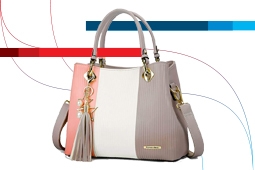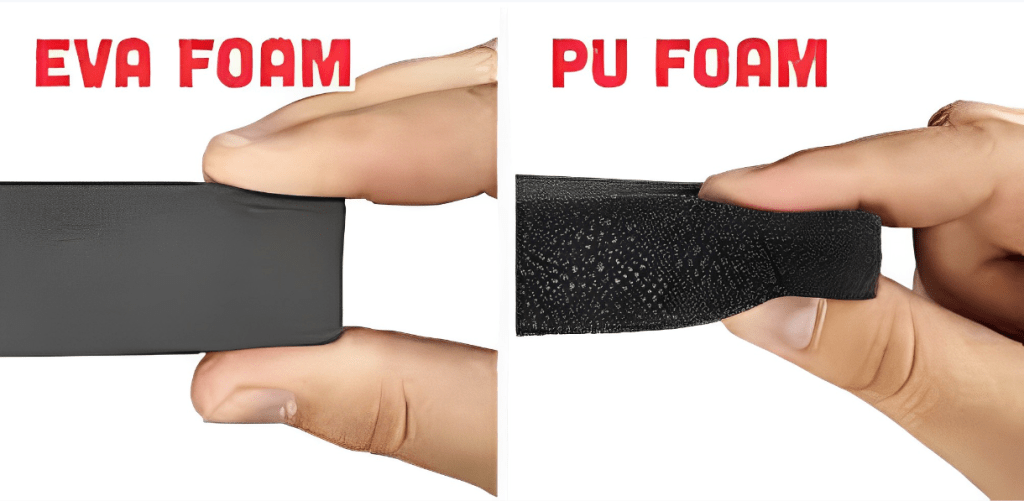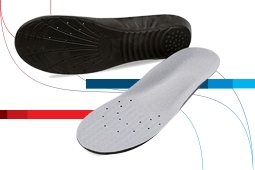
Ethylene Vinyl Acetate, or EVA, is a polymer elastomer that can create soft and flexible foam. Insoles for various types of shoes, including sports shoes, medical shoes, bags, and backpacks often use this foam. Men’s and women’s canvas shoes are designed with foam soles for comfort, optimal fit, and lightweight. EVA foam can be manufactured in compressed (hard) and soft, flexible forms. We should delve deeper into EVA foam.



